Passion and Reason: Michael Snow and Joyce Wieland
Programmed by Kian Bergstrom
2014-04-01 @ 7:00 PM
Wavelength and New York Eye and Ear Control
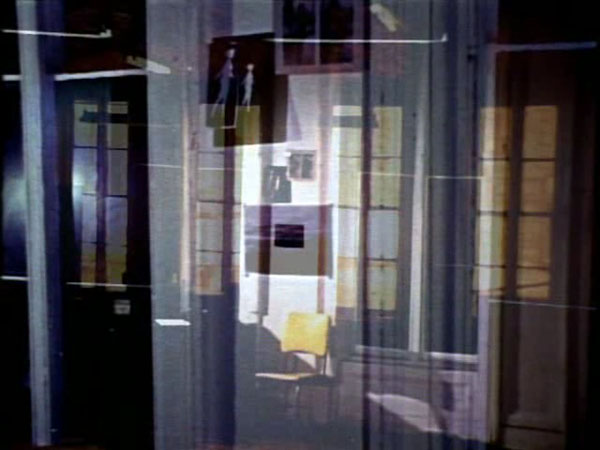
(Michael Snow, 1967, 1964) · In a blandly decorated room, a woman tells two men where to place a cabinet, listens to the Beatles, and might kill a man. But the camera cuts these melodramas off from us, instead examining the room itself to construct a sense of movement like none before. The rhythms of the zooms, the interplay of light and sound, and the break from cinematic conventions exude grace and power. Screening with Snow's first major film, New York Eye and Ear Control.
runtime: 79 min format: 16mm
2014-04-08 @ 7:00 PM
Wieland Program One
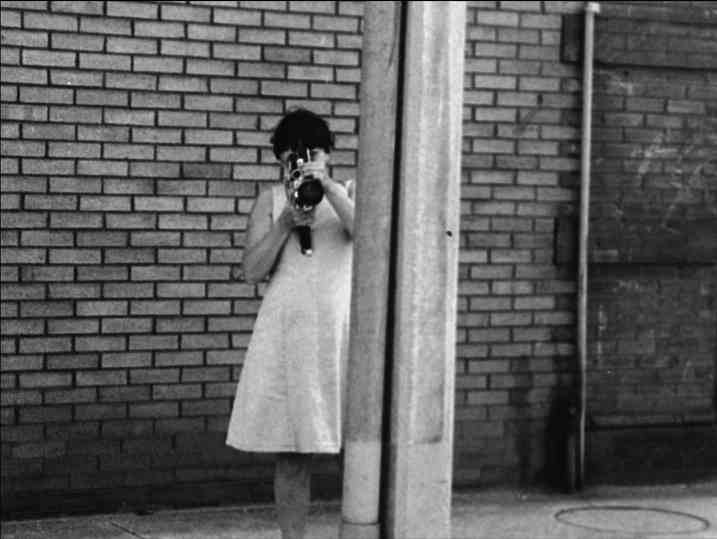
(Joyce Wieland, 1965, 1967-8, 1984) · These early Wieland shorts display a radical homemade aesthetic. Water Sark, a 'film sculpture' represents 'high art of the housewife.' Catfood explores an animal's joy in eating a endless supply of fish. Hand Tinting is a found-footage transformation of a Job Corps doc. A and B in Ontario, a collaboration with Hollis Frampton finished after his death pays homage to a great friend. Sailboat follows a distant boat's journey through space and time.
runtime: 51 min format: 16mm
2014-04-15 @ 7:00 PM
Reason Over Passion
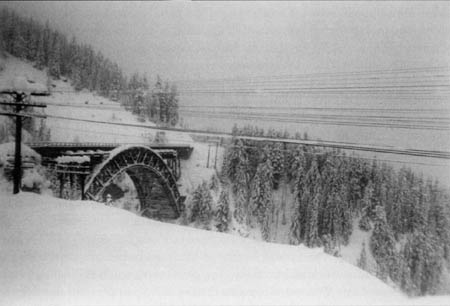
(Joyce Wieland, 1968) · Hollis Frampton said it best: "The thought of some Purgatory wherein I might be deprived of seeing Joyce Wieland's films makes me regret my every sin and dereliction." Reason Over Passion, Wieland's probable masterpiece, is a film that seems like a logical summation of all her other works – it's as political, as personal, as playful, and as intense as each of her shorter works, and it doesn't lose an ounce of that passion over its 80 minutes.
runtime: 80 min format: 16mm
2014-04-22 @ 7:00 PM
<--->
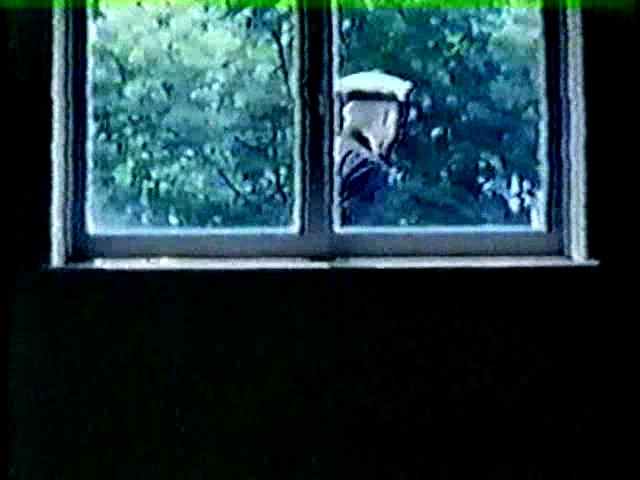
(Michael Snow, 1969) · Snow called it a visual examination of Einstein's mass-energy equivalence. The camera moves at different speeds around an empty room. The room's spatial bulk is transformed through the camera's motion into light. Rhythms of movement create different visible effects. Patterns emerge within the way space is transformed by the mere presence of a camera. We are the space; the space becomes movement; the movement creates light; light reveals our selves.
runtime: 52 min format: 16mm
2014-04-29 @ 7:00 PM
Wieland Program Two
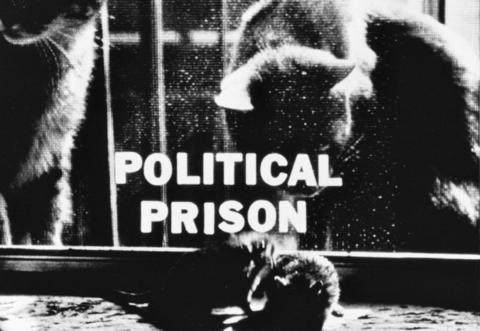
(Joyce Wieland, 1968, 1969, 1972) · Rat Life and Diet in North America is a political fable about people (played by real rats) struggling against oppression (the cats). Refusing simple anthropomorphism, Wieland implies alien subjectivities dwelling within the rodents. Dripping Water closely examines a stationary china plate and water falling onto it. Pierre Vallières records a revolutionary politician giving a speech that becomes a study of the carnal energy a single mouth can summon.
runtime: 58 min format: 16mm
2014-05-06 @ 7:00 PM
'Rameau's Nephew' by Diderot (Thanx to Dennis Young) by Wilma Schoen
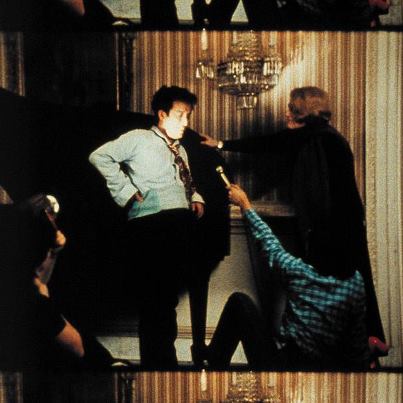
(Michael Snow, 1974) · Snow's magnificent film depicts a series of failed attempts by fictional director Wilma Schoen to make a talking picture. As the film progresses, the absurdities redouble upon themselves: performers lose their lines, the soundtrack goes out of control, and the very nature of word and image synchronicity is brought into question. Rameau's Nephew is exhausting both in length and in wit, leaving the viewer in a state of giddy delight and awe.
runtime: 270 min format: 16mm
2014-05-13 @ 7:00 PM
The Far Shore

(Joyce Wieland, 1976) · Wieland's last feature film was inspired by Canadian landscape painter Tom Thomson, who drowned mysteriously in 1917. The fictional Québécoise woman Eulalie de Chicoutimi is torn between an unhappy marriage to an engineer and an affair with a wildlife artist, based on Thomson. Eulalie can't be the artist she longs to become, so her erotic longings become secret artworks. Wieland's alternative art history dramatizes women's exclusion from the art world.
runtime: 105 min format: 16mm
2014-05-20 @ 7:00 PM
Presents
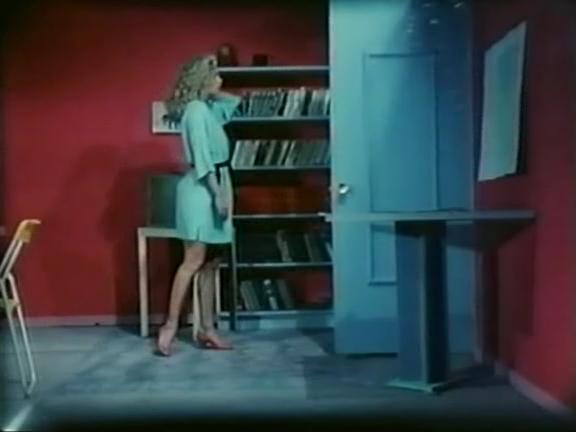
(Michael Snow, 1981) · A vertical scratch running the length of the frame widens to reveal a nude woman's form, stretched and distorted by the expanding line. Then the woman rises and converses with a man as the set trembles, moves on a dolly, and turns about the stationary camera. Finally, some two thousand brief shots follow, each displaying stasis and motion to comprise a meditation on the cinematic present tense. Presents is a film of display, immediacy, and gift giving.
runtime: 98 min format: 16mm
2014-05-27 @ 7:00 PM
To Lavoisier Who Died In the Reign of Terror
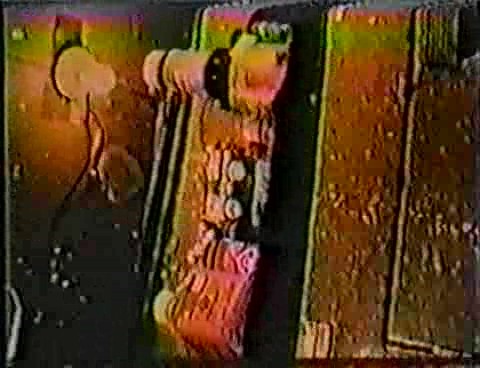
(Michael Snow, 1991) · A collaboration with filmmaker, visual alchemist, and chemical film developer Carl Brown, To Lavoisier is addressed to the French chemist who gave the first accurate scientific explanation of the mysteries of fire. Demonstrating that matter can be neither created or destroyed, as Snow deconstructs the physical properties of celluloid film. He balances between the solipsistic and empathetic urges of filmmaking in this abstract "science project."
runtime: 52 min format: 16mm
2014-06-03 @ 7:00 PM
*Corpus Callosum
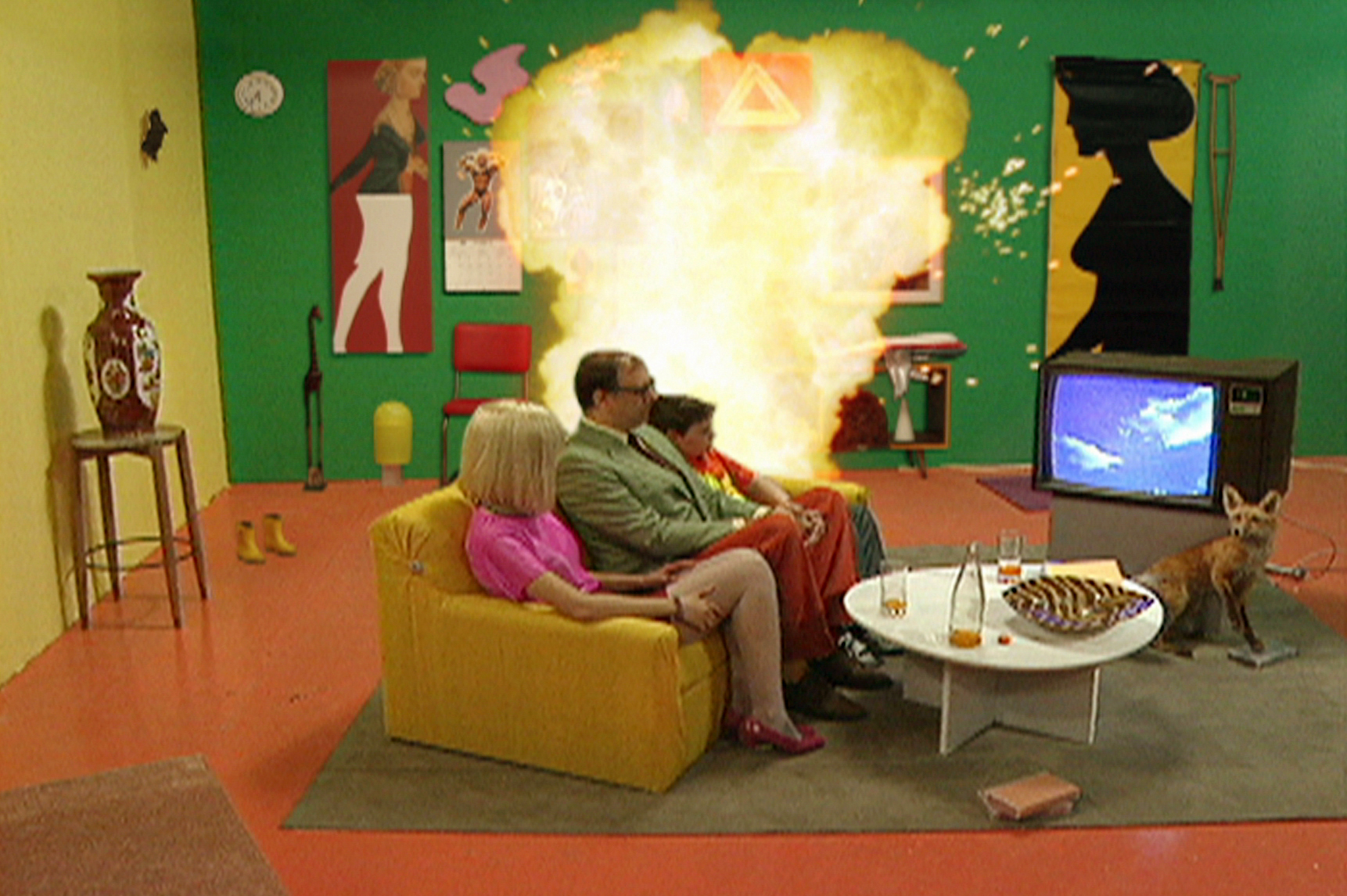
(Michael Snow, 2002) · This brutally funny feature works like a catalog of perceptual and narrative gags, capitalizing on the quirks of capturing the world via video. The film builds up a pair of protagonists, developing a troubled romance between them. Snow calls this "a tragi-comedy of the cinematic variables," deriving his film's title from the area of the brain that relays information between hemispheres. But can we tell the difference between communication and mediation?
runtime: 92 min format: 16mm



